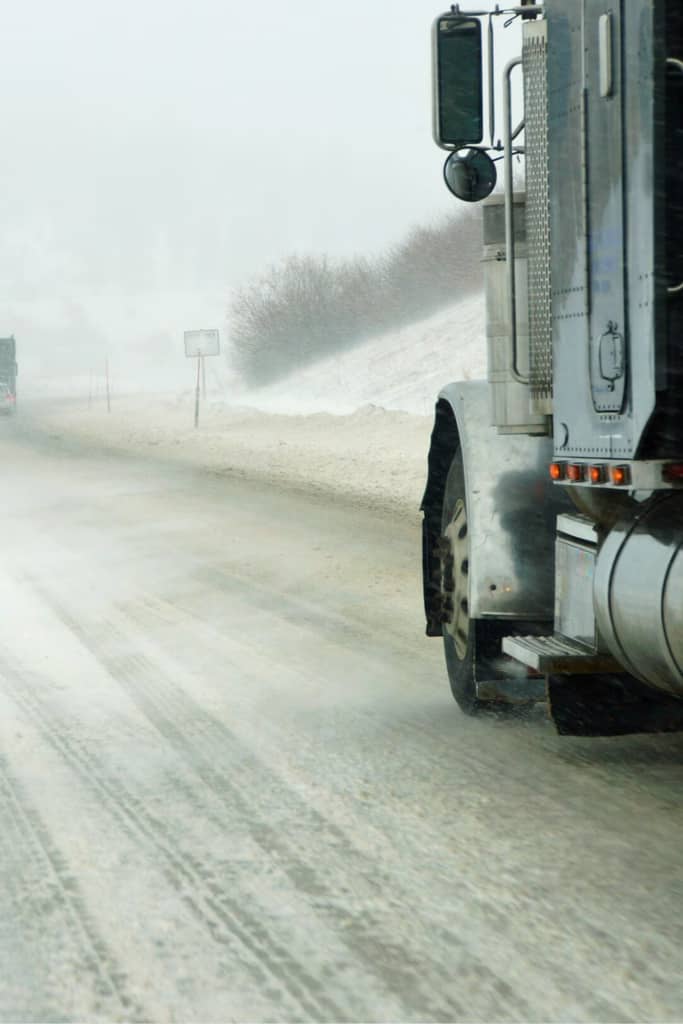Last Updated on May 28, 2025 by SampleBoard
Moving in cold weather presents unique challenges, from icy roads to freezing temperatures that can damage your belongings.
Snow and ice make lifting and transporting boxes more hazardous, increasing the risk of injuries and delays.
Proper planning and preparation can help ensure a smoother transition, whether you're relocating across town or to a different state.
By protecting your items from the cold, dressing appropriately, and preparing your home and pathways, you can avoid common winter moving pitfalls.
If you're facing extreme conditions, hiring professional movers with experience in winter relocations can provide added safety and efficiency.


Planning is essential when moving in winter to avoid issues with snow and freezing temperatures.
Keep an eye on the weather forecast leading up to your move, so you can adjust plans if a storm is expected.
Winter conditions can slow travel and the moving process, so extra time is allowed for loading and unloading, and there may be delays.
Prepare for the unexpected by having a winter survival kit with blankets, a flashlight, and snacks.
If hiring movers, ensure they have experience with winter relocations and are equipped for weather-related challenges.
Clear snow and ice from driveways and walkways to create safe paths for everyone involved in the move.

Dressing appropriately for a winter move is key to staying comfortable and safe. Layering your clothing helps manage fluctuating temperatures.
Start with a moisture-wicking base layer, followed by an insulating layer like a sweater.
A waterproof, insulated coat is essential for protection against the cold, while sturdy, waterproof boots with non-slip soles will keep you safe on icy surfaces.
Warm gloves are necessary for insulation and grip, and a hat or beanie helps keep your head warm.
A scarf protects your neck from the chill. Layering gives you flexibility, ensuring warmth and comfort throughout the move.

Choosing a trusted moving company familiar with handling snow and icy roads will ensure they know how to navigate potential challenges, such as slippery surfaces and unpredictable weather.
It's essential to verify that the moving company has appropriate insurance to cover any weather-related damage, as winter conditions can increase the risk of accidents.
Some companies also offer heated trucks to protect your belongings from the cold, particularly sensitive items such as electronics and antiques.
When selecting a moving service, ask about their experience with winter relocations and discuss their policies on weather-related delays.
Hiring experienced professionals ensures your move goes smoothly, even in challenging winter conditions.

Keeping essentials easily accessible during a winter move can help you stay comfortable and prepared for any situation.
Pack a small survival kit with items like blankets, snacks, water, and hot drinks to keep yourself energized and warm throughout the day.
Extra clothing, such as gloves, socks, and scarves, should be within reach so you can layer up if needed or change into dry clothes if you get wet.
A first-aid kit with basic supplies like bandages and pain relievers is a good idea in case of minor injuries.
Keep a phone charger handy, too, to ensure your phone stays charged for communication.
Having an emergency contact list on hand can help if you need assistance or encounter delays during your move.
Moving in winter presents its own set of challenges, but with the right preparation, you can ensure a smooth and safe transition.
Planning, dressing appropriately, and protecting your belongings from the cold are key steps in avoiding common issues.
While winter moving requires extra care and consideration.
Just remember to prioritize safety, and don’t hesitate to adjust plans if conditions become too harsh.
By taking the right precautions and planning, you can ensure a safe and efficient move even in challenging winter conditions.
Embrace the season's challenges with confidence, knowing that proper preparation can make your relocation a success.
Good luck with the move and enjoy your new home!